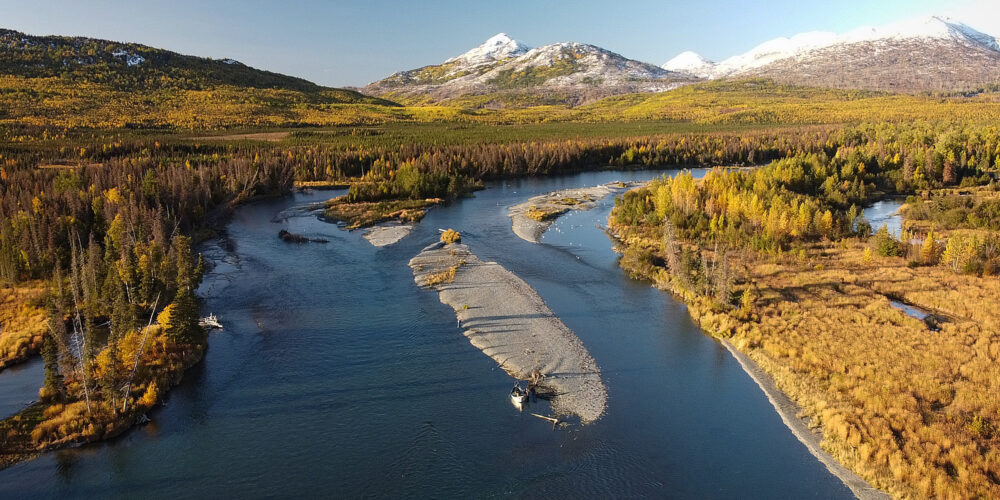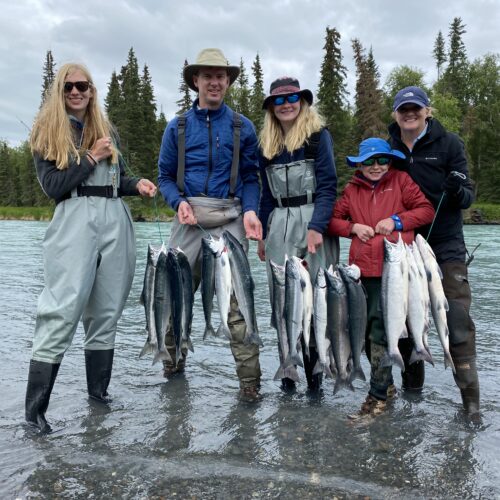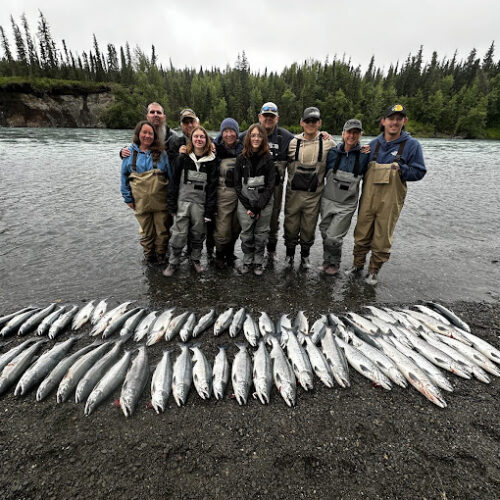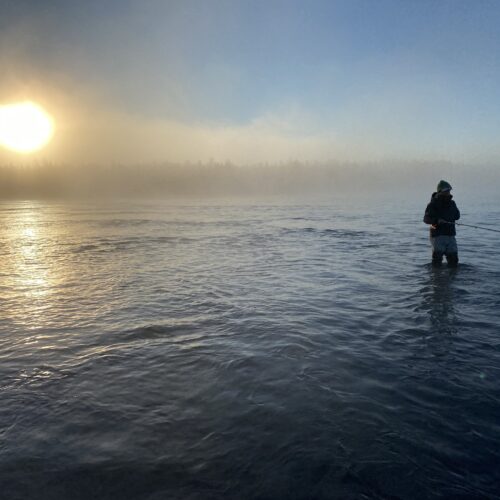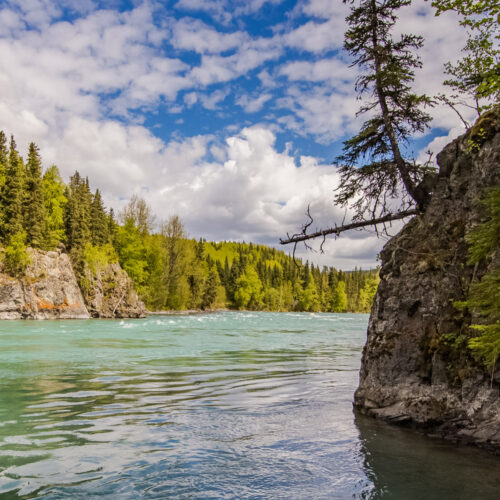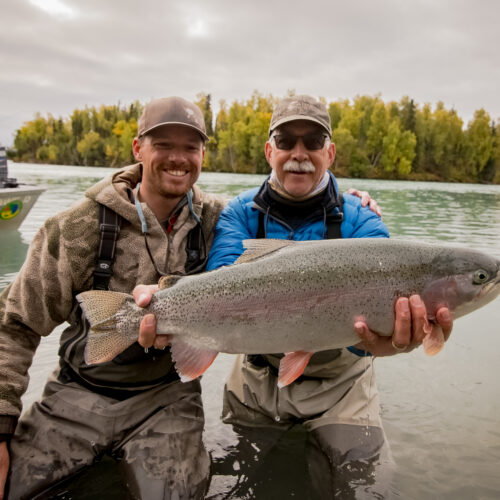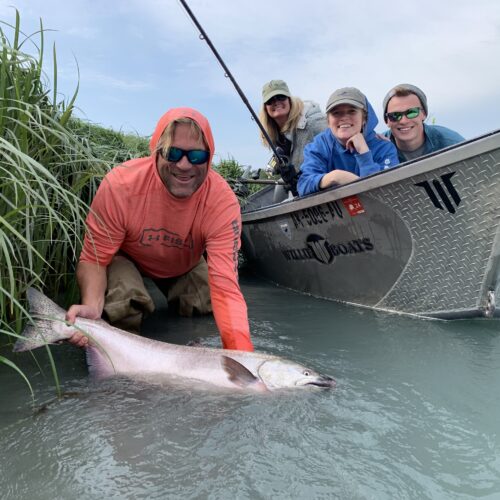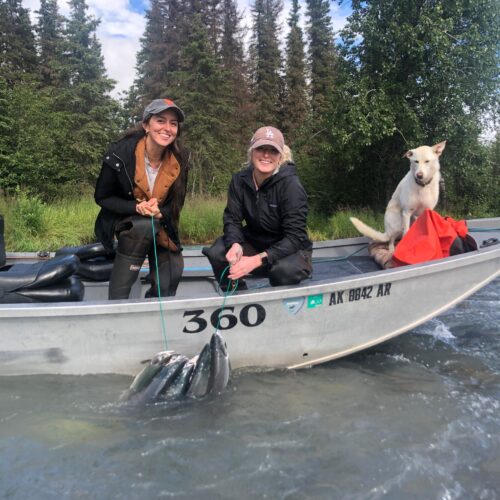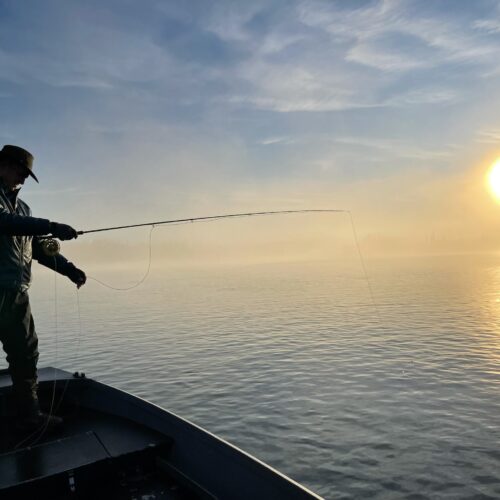Overview
At Kenai Fly Fish (KFF), we’re committed to providing our anglers with the most up-to-date and critical information to plan their fishing trips effectively. A key piece of this puzzle is understanding the late-run Sockeye Salmon fish counts on the Kenai River. These counts are meticulously gathered using DIDSON sonar technology at river mile 19, offering invaluable daily estimates of fish escapement. This data is not only fundamental for regulatory agencies to meet escapement goals but also for anglers looking to time their trips to coincide with the peak of the Sockeye run.
The Role of DIDSON Sonar Technology
DIDSON sonar, a sophisticated tool in fisheries management, offers high-resolution images of fish passing through river mile 19 on the Kenai River. This technology allows for accurate daily counts, providing a clear picture of the Sockeye salmon’s migration patterns and population health. By understanding these patterns, KFF can guide you to the best fishing spots during the optimal times, enhancing your chances of a successful and rewarding fishing experience.
Understanding Escapement Goals
Escapement goals are critical benchmarks set by fisheries managers to ensure the sustainability of the Sockeye salmon population. These goals represent the number of fish required to reach their spawning grounds to reproduce effectively, maintaining the health and viability of future runs. The data collected via DIDSON sonar at river mile 19 is crucial for determining whether these goals are met, influencing management decisions that ultimately affect when and where anglers can fish.
Planning Your Trip with KFF
Armed with the latest late-run Sockeye fish counts from the Kenai River, Kenai Fly Fish tailors your fishing adventure to maximize your opportunities for success. Whether you’re an experienced angler targeting the prized Sockeye or a beginner eager to experience the thrill of Alaska’s salmon runs, our guided trips are designed to align with the peak moments of the season, based on real-time data and expert analysis.
Why Fish Counts Matter to Anglers
For those planning to fish the Kenai River, especially during the late Sockeye run, understanding the fish counts is invaluable. These counts offer a snapshot of the season’s potential, helping anglers:
- Choose the best dates for their fishing trips.
- Understand the health and trends of the Sockeye salmon population.
- Align their fishing strategies with the peak times of salmon migration.
Stay Informed with KFF
Kenai Fly Fish is dedicated to keeping our clients informed with the most current fish count data and how it impacts their fishing plans. By choosing KFF for your Alaskan fishing adventure, you’re not just getting a guide; you’re gaining access to a wealth of knowledge and expertise that ensures your trip is both memorable and fruitful.
Plan your next fishing expedition with Kenai Fly Fish, and experience the best of the Kenai River’s late-run Sockeye salmon season, informed by the latest fish counts and guided by the river’s most knowledgeable and passionate experts.
